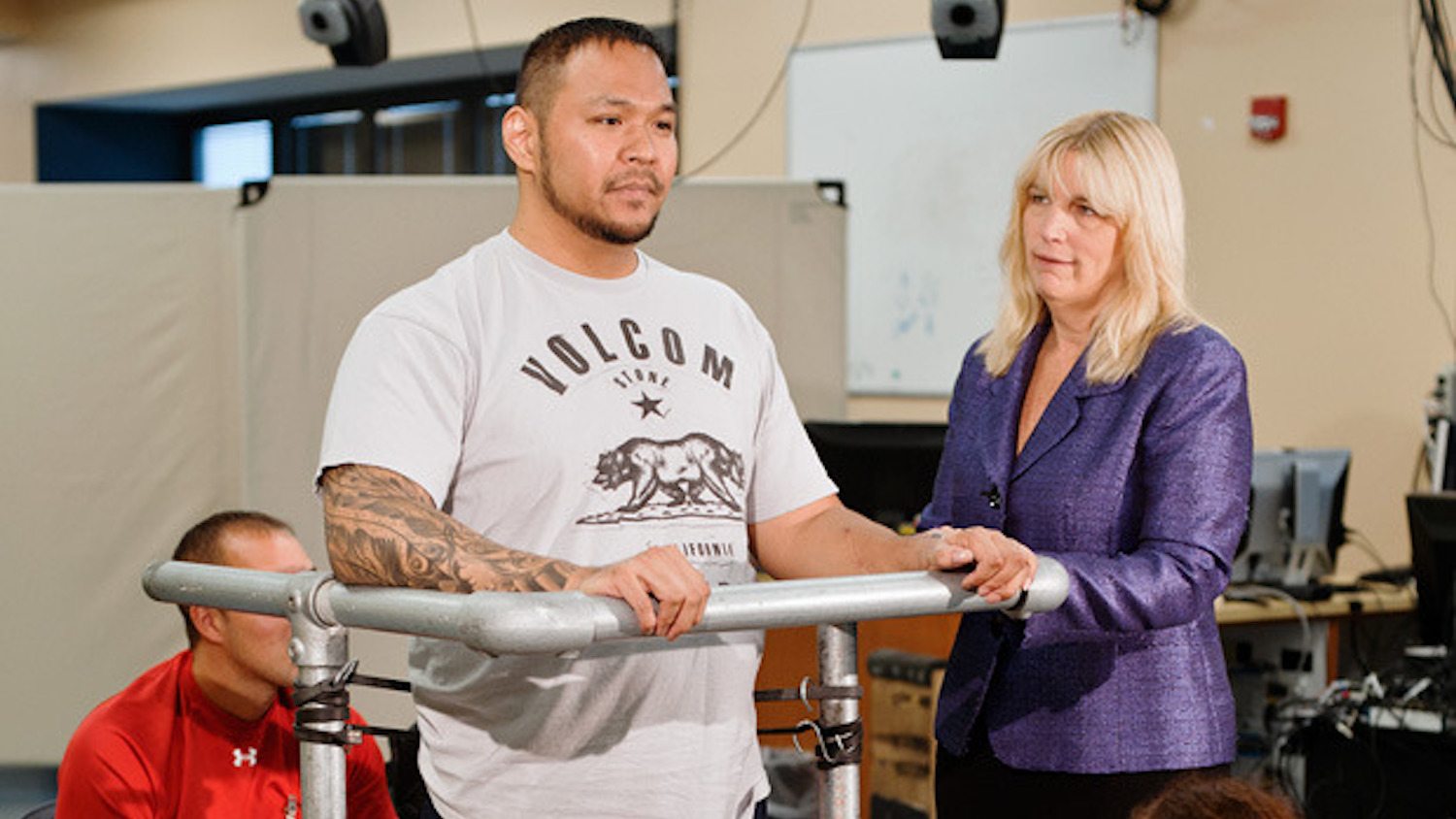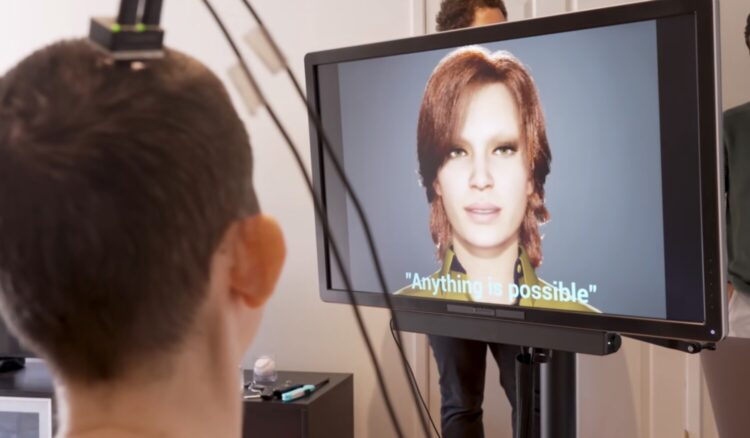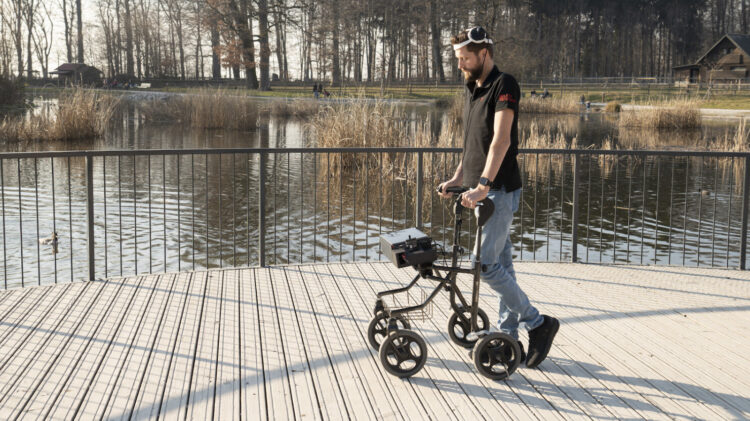Paralyzed man able to stand again thanks to revolutionary epidural treatment
It was a typical day for 28-year-old Andrew “Drew” Meas. He left the gym, climbed on his motorcycle, put on his helmet and was headed home when a driver trying to cross four lanes at once hit him. The news was not good.
“He hit me pretty much head-on,” Meas told The Big Idea. “I was injured at C6-C7 in my back and was told my paralysis was permanent.”
The active man’s life changed drastically in that moment. He could no longer enjoy many of his favorite endeavors.
https://www.instagram.com/p/BAkOQlEQUJw/?taken-by=drew79lbcertified
“I did a lot of outdoor stuff,” Meas told the website, “chasing waterfalls at Yosemite and whitewater rafting. I also danced a lot with my wife—something I really miss.”
The accident was hard for his young son, Christian, as well. “My son was 6 at the time, so it was pretty devastating,” Meas told Yahoo.
But Meas is not one to give up without a fight.
https://www.instagram.com/p/6SUrZ6wUF7/?taken-by=drew79lbcertified
Six years after his accident, he received exciting news. Researchers at the University of Louisville’s Kentucky Spinal Cord Research Center were working with the Christopher and Dana Reeve Foundation on an experimental treatment called spinal cord epidural stimulation, or scES. Meas was one of four patients who would receive the treatment.
How Does Epidural Treatment Work?
An epidural stimulator was implanted at the base of Meas’s spine in the hopes that it would mimic the brain signals that initiate movement. The road was long and arduous, but well worth the effort. After four years of scES treatment and physical therapy, Meas regained the ability to move again.
In October 2017, he even became able to stand on his own again.
Meas looks toward the future with excitement.
“You know your body best, more than any scientist,” Meas told Yahoo. “And with this, and the way it makes my body feel, I know I’m going to walk again. I feel it in me.”
Last year, Meas was even able to stand next to his son for a photo on Instagram!
https://www.instagram.com/p/BTSQTTThUiS/?taken-by=drew79lbcertified
More research needs to be done for scES treatment to become normal practice but hopefully stories like Meas’s and others in his test group will make this revolutionary medicine something commonplace.






